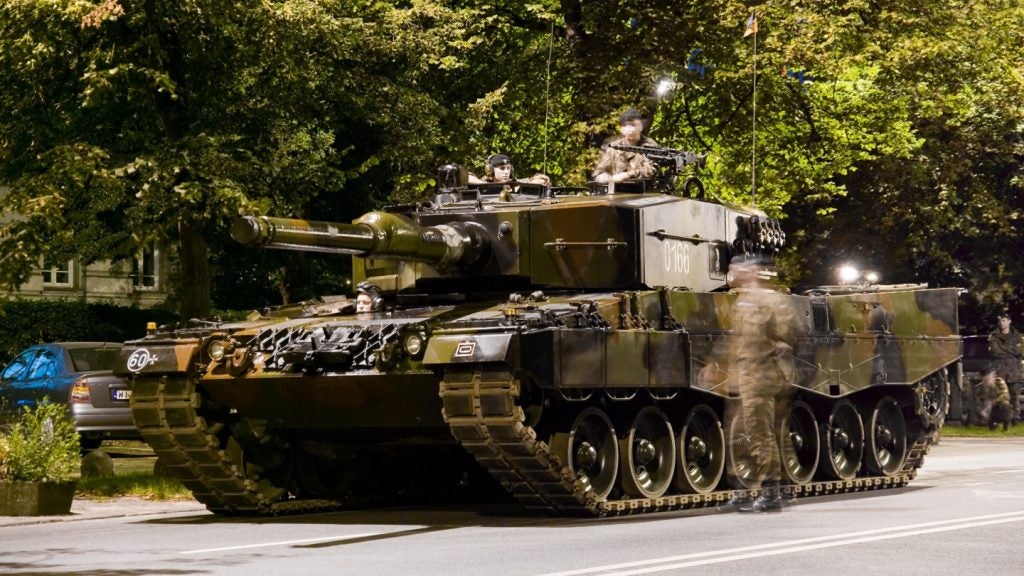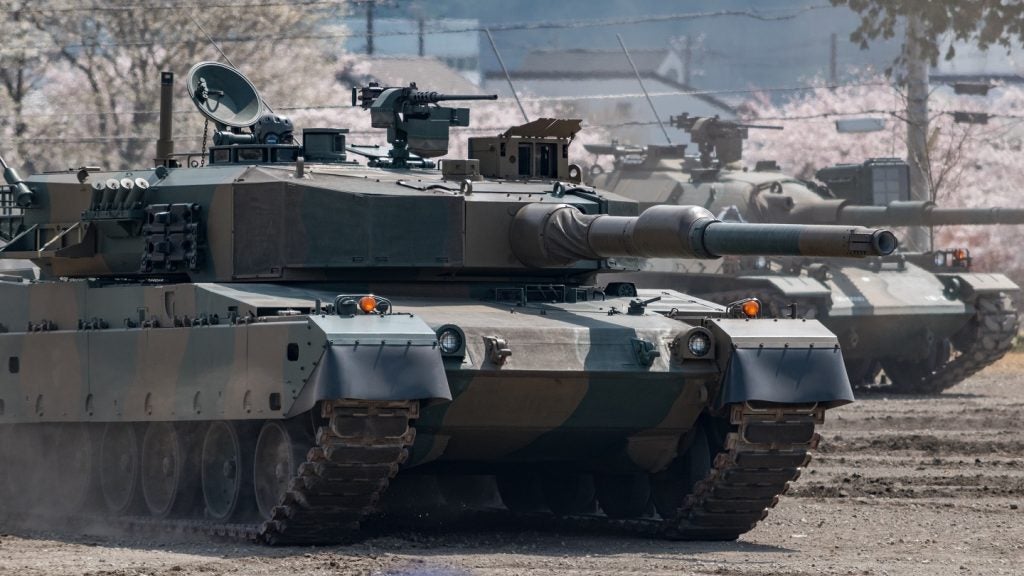Thales has filed a patent for a method of assisting aircraft landing. The method involves calculating a reference path and conducting a stabilization test to determine if the path is suitable for landing. Modifications are made to the path based on predefined rules, and the stabilization test is applied after each modification. The reference path is then transmitted to the pilot, autopilot, or traffic management system once it passes the stabilization test. GlobalData’s report on Thales gives a 360-degree view of the company including its patenting strategy. Buy the report here.
According to GlobalData’s company profile on Thales, Drone swarm control was a key innovation area identified from patents. Thales's grant share as of June 2023 was 1%. Grant share is based on the ratio of number of grants to total number of patents.
Method for assisting aircraft landing approach and path modification
A recently filed patent (Publication Number: US20230206774A1) describes a method for assisting with the approach of an aircraft for landing on a landing zone. The method is implemented by a computer and involves several steps and modifications to calculate a reference path for the aircraft. The reference path includes a lateral path and a vertical profile, which includes an altitude profile, speed profile, configuration setup points, deployment point for landing gear, and potentially segments with airbrakes. The reference path is tested for stabilization, and if it passes the test, it is transmitted to the human pilot(s), autopilot, and/or traffic management system.
The method includes iterative repetition of modification steps, where the path is modified according to predefined rules and tested for stabilization. The modification steps can involve adjusting the lateral path or the vertical profile, including modifying the speed profile, configuration setup positions of high-lift devices, adding segments with airbrakes, or modifying the deployment position of the landing gear. The method also includes a trombone-shape adjustment of the lateral path.
The stabilization test for the reference path includes calculating the required landing distance and comparing it with the length of the reference path. The reference path is validated if its length is greater than the required distance. Additionally, the stabilization test includes verifying various conditions, such as predicted speed, vertical difference, vertical speed, landing gear deployment, landing configuration spread, and thrust at idle engine speed.
The method can be implemented periodically, and if the last validated and transmitted reference path is invalidated, the calculation of a new reference path is resumed. The invalidation test compares the difference between the required landing distance and the length of the reference path with a predefined threshold. If the difference exceeds the threshold, the reference path is invalidated.
The patent also describes an electronic system configured to implement the approach assistance method and a computer-readable medium containing a computer program for executing the method.
Overall, this patent presents a method for assisting with aircraft approach and landing by calculating and modifying a reference path, testing it for stabilization, and transmitting it to relevant parties. The method allows for iterative modifications and includes various adjustment steps for the lateral path and vertical profile. The stabilization test ensures the safety and accuracy of the reference path.
To know more about GlobalData’s detailed insights on Thales, buy the report here.
Data Insights
From

The gold standard of business intelligence.
Blending expert knowledge with cutting-edge technology, GlobalData’s unrivalled proprietary data will enable you to decode what’s happening in your market. You can make better informed decisions and gain a future-proof advantage over your competitors.







